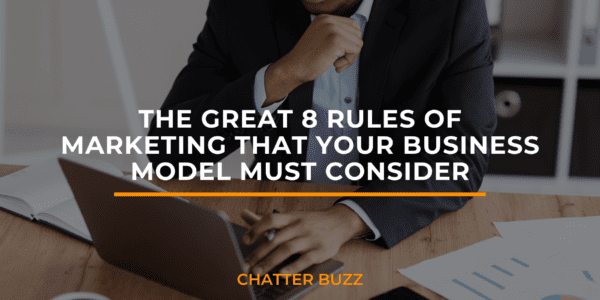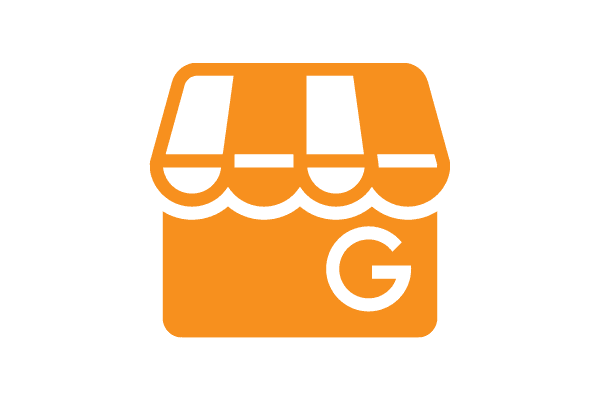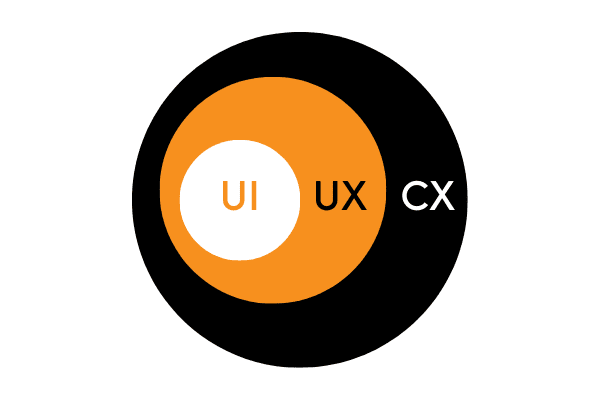The Great 8 Rules of Marketing That Your Business Model Must Consider

Today’s consumers and brands are more sophisticated than ever. Traditional advertising is no longer trusted — and worse, if your marketing feels really “salesy,” chances are you might be losing credibility.
In fact, the rise in technology, mass communication, and social media messaging has literally changed the landscape of how you’re communicating. That’s why we’re giving you the Great 8!
The following eight topics will help you ring true to your consumers without falling into the pit of noise brought about by most of today’s brands.
ONE: Content Marketing
One of the biggest reasons clients clamor to find good digital agencies is an agency’s ability to grasp and execute content marketing.
So what exactly is this content marketing? Think if you could wear a magical amulet, and in so doing, have the ability to tell captivating stories, give platinum advice, and prove to anyone that you’re irreplaceable, all while inspiring others to tell your story for you.

In a nutshell, an agency worth its salt is going to work with your brand to do just this! Tell your story in an authentic, educational, and magnetic way.
This content could look like ANYTHING — videos, blogs, podcasts, streaming and live casting, infographics, data visualization, polling, stats — you name it!
Chances are if you’re thinking about buying something that’s new to your mental wish list, it probably started with an interesting, yummy helping of content.
TWO: REAL Email Marketing
“But we’ve been using email in our CRM system for decades! What do you mean REAL email marketing?”

REAL email marketing is harder than simply clicking “Send all” and blasting all the folks in your basic Rolodex.
REAL email marketing is addressing segmentation on your product or services. Then, construct unique email marketing communications based on interest (and ideally a preconstructed persona of your ideal customer).
REAL email marketing will also piggyback off of your social media, events, and related trending communications as a way to further bolster support and credibility.
THREE: Paid Social Media
Paid advertorial placement is a business that maintains that the channel (i.g. Facebook, Instagram, TikTok) remains an accessible medium. If you want to get new eyeballs, your most effective tool is a strategic paid placement and partnering with content marketing specialists.

“Can’t I just do this myself?” Yes! In fact, unlike most agencies, Chatter Buzz loves savvy clients.
Why? Because then you know, when you see the result we get you, that it’s worth the investment. We all think we can build a house, as long as we’re given instructions — the truth is often very different from the experience.
FOUR: Paid Digital Search
The next stop on our journey down the path of “oh, I wish I would have done this a long time ago” is paid search.

Within this bucket are various critical areas of consideration, such as:
- Search Engine Marketing (SEM) — think of the term SEM as a collective when describing both paid and unpaid initiatives focused on search engines to represent your website or call-to-action.
- Search Engine Optimization (SEO) — creating content, copy, coding, and other wizardry to make your website rank higher without buying placement through “Ad Words.” The truth is, it’s not magic — it’s the science of lions, tigers, and algorithms “oh my!”
- Pay-Per-Click (PPC) — research, implementation, and ongoing optimization of paid placement, based on keywords and audience profiles typically through search engines like Google and Bing.
Remember that ALL marketing is sowing seeds. Some seeds will grow incredibly fast, and others slower, but they must be attended to like all crops. There is NO “set it and forget it” in today’s modern marketing spectrum.
FIVE: Google My Business
Often overlooked by businesses (but never unloved by Chatter Buzz) is the Google Business page!

Guess what, internet: we’re not all Amazon. Most of us sell a product, or service, at a location(s). Therefore, your Google My Business Page can reap various rewards if you’re maintaining it properly.
With that said, you should bear in mind that there is more to a Google My Business page than a link to your physical and online address. When engaging and maintaining on your page you can:
- Maintain and engage reviews
- Post news, updates, and special offers
- Add your locations (important to note that you’ll need to create a “location group” within your primary account.)
- Add photography
- Outline category-specific features of your location
- You can even link up a booking component
“A location group is a select group of business listings that’s collectively managed by an organization or user group. Sorting your locations into groups makes it easier to manage multiple locations and keep them organized. You can apply changes and share access to multiple listings at once.”
SIX: Landing Pages
Most brands have a website; not all brands have “landing pages” that support their products and services. What’s the difference?
Think of a website like a complete book of all the characters, chapters, and linear (and in some cases not so) storyline. Now think of a chapter as pulling out characters in the book and giving them their own standalone page where we can focus on everything you ever wanted to know about them, but without the distraction of the rest of the book.

Landing pages work in a similar way – you often will focus a whole landing page on one product, offer or service, and with great detail.
Having these pages allows you to do many things:
- Spotlight a product/offering in its voice, allowing you to drive attention
- Driving this attention is often done so creating an event you wish the user to go through, such as (but not limited to) filling out a form, downloading a whipper, booking an appointment, and of course, making a purchase.
- Use paid SEM for one specific page – often used to launch products
- Landing pages are also often created to A/B test copy, imagery, and offer.
SEVEN: Conversion Rate Optimization (CRO)
Quickly becoming the “wunderkind” of the fine-tuning world of digital marketing is Conversion Rate Optimization.

Think of CRO as an amalgam of techniques with the directive of improved performance. This can take the shape of analysis and testing, website design, copy, imagery, layout, colors, and tone of voice.
Next, you can use CRO to test things like how you’ve built your forms and the nature of your offer or call to action. Breaking it down — you want a conversion (in most cases a sale), but how do you know your current website/landing pages are most effective? Quite succinctly — you don’t.
“Running a CRO campaign helps to identify and address such bottleneck issues and significantly contribute to improving the site’s conversion rate.”
Keep in mind, consumer-facing factors are in play, plus behavioral, UI/UX, and many others — all compiled into a steady rhythm of A/B, split, or multivariate testing scenarios. For growing brands that feel that they have peaked in their current digital marketing iteration, CRO can be a worthy investment to break out and up to the next level.
EIGHT: Ratings, Reviews, & Reputations
It would seem that managing your brand’s reputation would be the easiest part of a digital marketing effort. Still, you should heed this warning — would you let just anyone in your company become the customer-facing representation of your core values, history, product, and support knowledge? Let’s also not forget that they should have equal parts empathetic customer service, education, and public relations.

“That sounds extreme. Answering a review is THAT important?”
Let us ask you, after you’ve found your product/service, what’s most likely going to be the first part of your research before purchase? (insert “ah-ha” light bulb).
That’s right, reading those reviews — and more importantly, reading those responses.
BONUS POINT! User Testing & Optimization
Now before you ask us how this is different from the other forms of optimization, know that user-testing is the backbone of user interface (UI), user experience (UX), and even customer experience (CX) that holds hands with both digital and real-world experiences.

For instance, think of all the times you went through an e-commerce “buy-flow” checkout process and thought how it would have been nicer to have fewer (or more) steps to purchase.
Therefore, human interaction to the rescue! Using user-testing tools that show real humans, having real experiences (ideally) in REAL time, you should observe and optimize towards.
The Great 8 Rules of Marketing
With complete transparency, we at Chatter Buzz Media specialize in all of these approaches. We understand the countless complexities that brands and consumers face with digital media, and we’re here to help. Please let us know if you’d like a free website audit or just want to get a sense of how a data-driven digital marketing firm can work on behalf of most of your critical needs.








